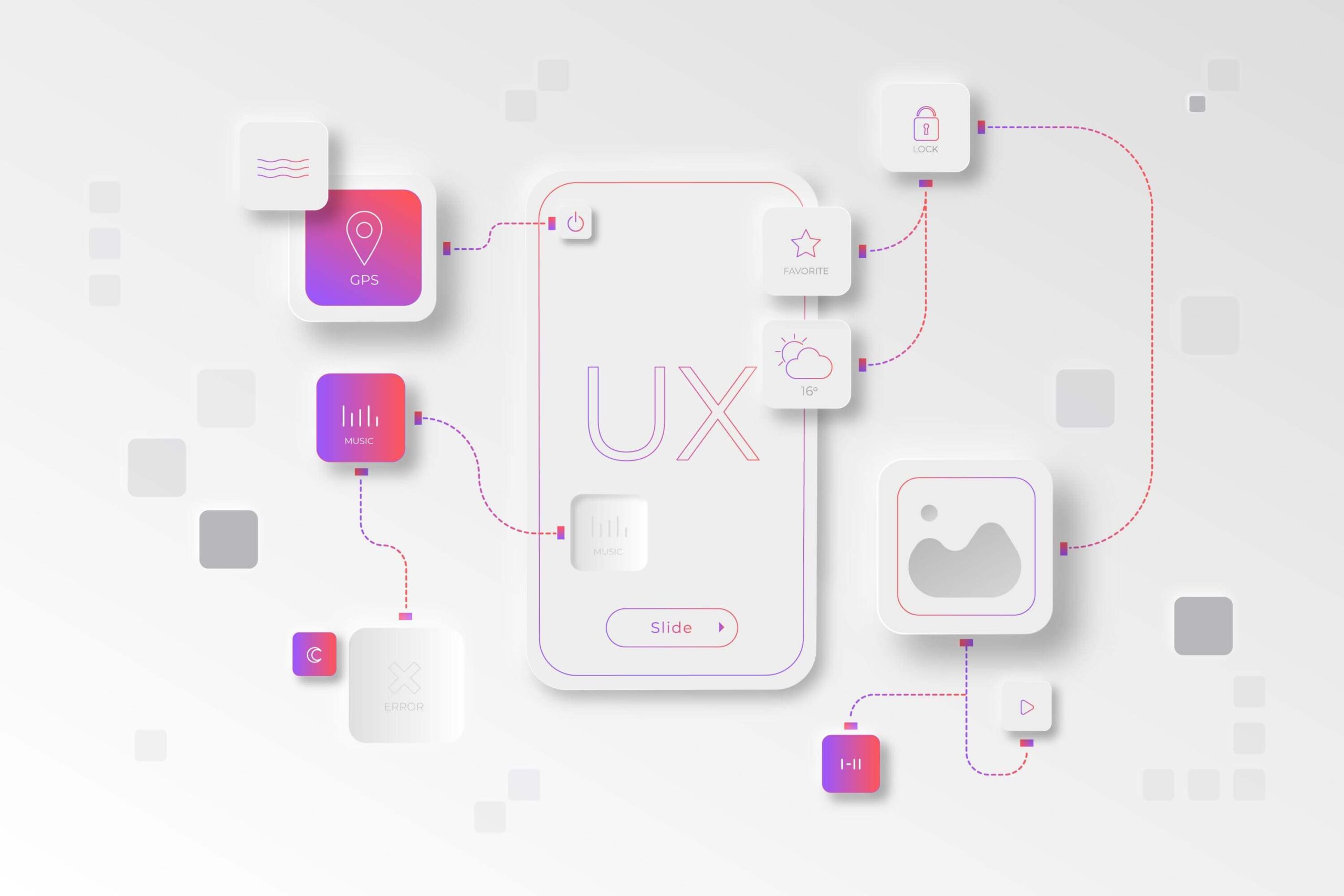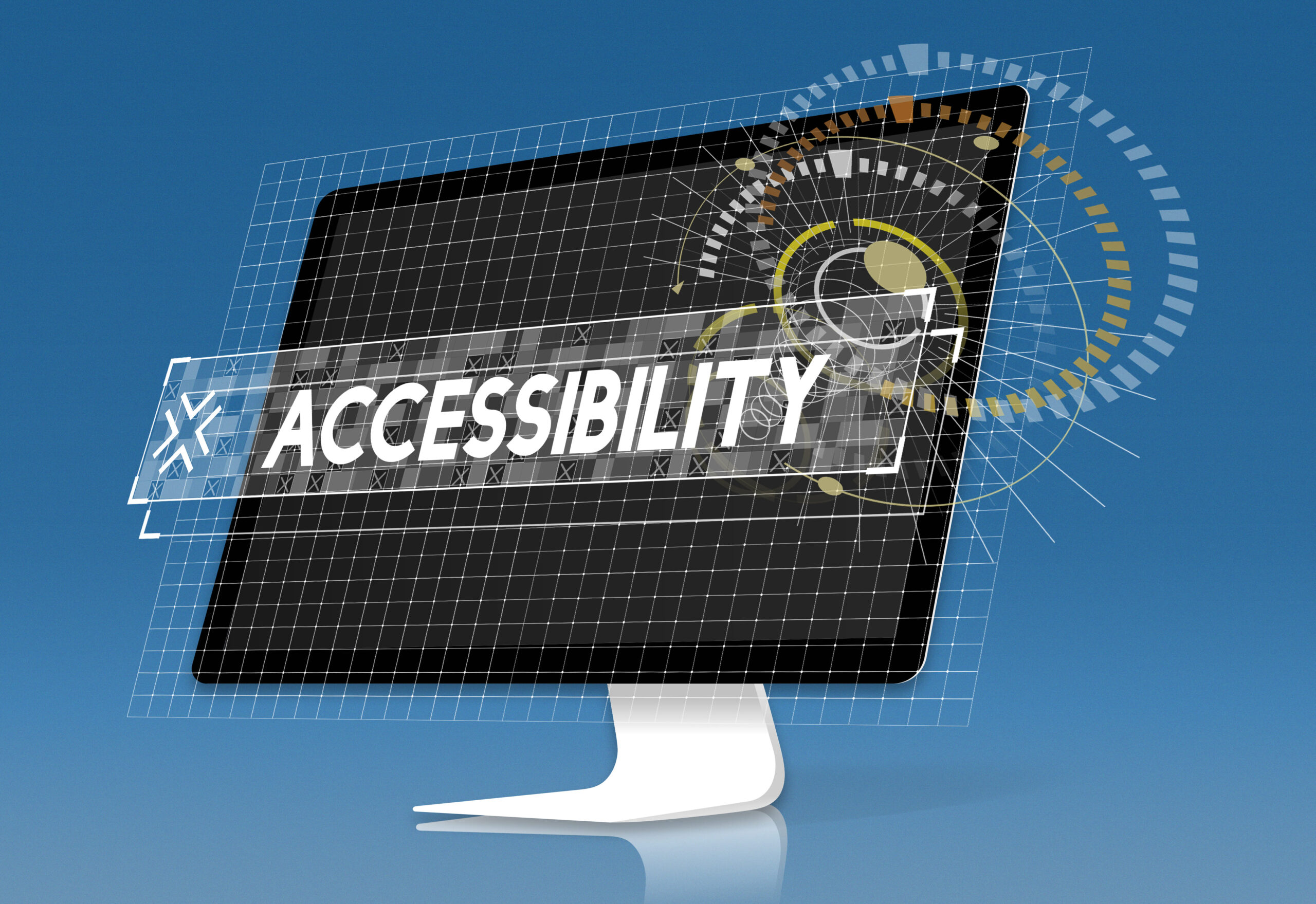Did you know that 88% of online consumers are less likely to return to an app after a bad experience?
User experience (UX) design plays a crucial role in creating successful apps that keep users coming back for more.
UX design encompasses the overall feel of the app, including its usability, accessibility, and visual appeal.
A well-designed UX not only enhances user satisfaction but also increases the chances of app success in a highly competitive market.
Let’s delve into the importance of UX design in Android app development and explore how it impacts user satisfaction and app success.
Looking for the top UK App Developers to bring your app ideas to life?
Schedule a FREE 30-minute app consultation with experts at LAD now!
User Research

User research is essential in Android app development, offering key insights into user needs, preferences, and behaviors.
Surveys, interviews, and usability testing help developers grasp user expectations and challenges.
This knowledge allows developers to create apps that effectively meet user needs, leading to greater satisfaction and app success.
Wireframing and Prototyping

Wireframing and prototyping are crucial in Android app development, allowing developers to visualize app layout and interactions.
Tools like Adobe XD and Sketch are commonly used to create wireframes, while prototyping tools like InVision and Marvel help simulate app interactions.
These practices help refine app design and functionality, ensuring a user-friendly and intuitive experience.
When developing your Android app, it’s essential to choose an expert android app development company with experience in these tools and techniques.
Visual design
Visual design is key in Android app development, ensuring a visually appealing and engaging user interface.
Design principles like color theory, typography, and iconography are essential for creating a cohesive and aesthetically pleasing app design.
A well-crafted visual design enhances user experience, making the app more enjoyable and intuitive to use.
Navigation and Information Architecture
Clear and intuitive navigation is crucial in Android app development for ensuring ease of use.
Effective navigation allows users to easily access app content and features, enhancing their overall experience.
Best practices for organizing app content and features include using familiar patterns, such as tab bars or side menus, and ensuring consistent navigation throughout the app.
Interaction Design
Interaction design is vital in Android app development, focusing on creating interactive elements that are easy to use and understand.
Incorporating gestures, animations, and feedback mechanisms enhances user engagement and usability.
Well-designed interactions not only make the app more enjoyable to use but also help users intuitively navigate through the app, improving overall user experience.
Accessibility

Accessibility is crucial in Android app development to ensure that all users, including those with disabilities, can access and use the app effectively.
Following guidelines and best practices for accessibility, such as providing alternative text for images and ensuring keyboard accessibility, improves the app’s usability for all users.
Designing with accessibility in mind, developers can create apps that are inclusive and user-friendly.
Testing and Iteration

Testing and iteration are crucial in Android app development to ensure a seamless user experience.
Usability testing involves real users navigating the app to identify any issues or areas for improvement.
A/B testing allows developers to compare two versions of the app to determine which performs better.
Analytics tools provide valuable insights into user behavior, helping developers make informed decisions for further iterations.
Conclusion
UX design is critical in Android app development, directly influencing user satisfaction and overall app success.
Focusing on user needs and preferences, developers can create apps that are intuitive, engaging, and ultimately more successful in the market.






